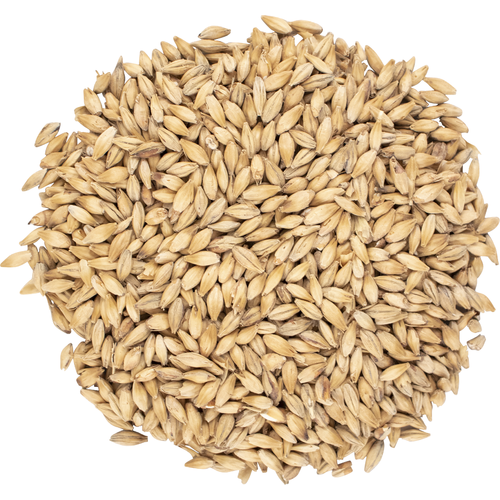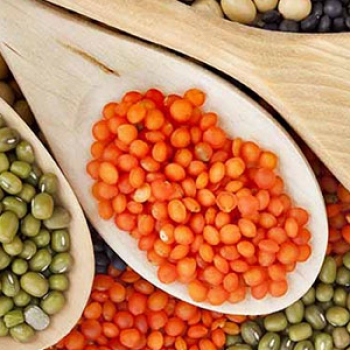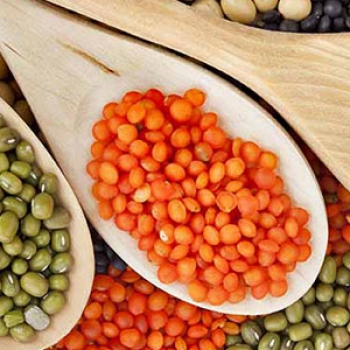Barley is used all over the world, in breads, breakfast cereals, puddings, porridges, stews and soups such as Scotch broth. Barley water, beer and other alcoholic drinks are made from it and it is also used for sweetening breads and drinks, and in malt extract.
Barley grain is used primarily as an energy and protein source in beef cattle diets. The nutrient content of barley compares favorably with that of corn, oats, wheat, sorghum and field peas.
The energy content of barley is slightly lower than the energy value of corn, wheat and sorghum, partially due to its higher fiber content (neutral detergent fiber, or NDF, and acid detergent fiber, or ADF). The crude protein content of barley is higher than in corn and similar to wheat and oats, but lower than in field peas.

Cattle fed barley will benefit from including an ionophore in the ration to stabilize rumen function and maximize feed efficiency and gain. Ionophores improve gains in high-forage diets without affecting intake, while in finishing rations, gain is not affected, but feed intake generally is reduced, resulting in greater feed efficiency.
Some commercial products such as yeasts and enzymes may be effective in barley-based diets. Consider unbiased research when selecting feed additives.



